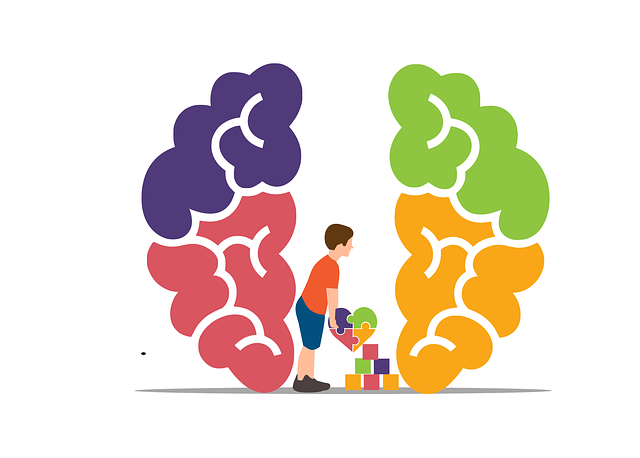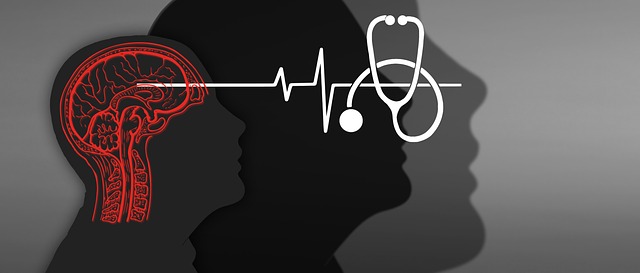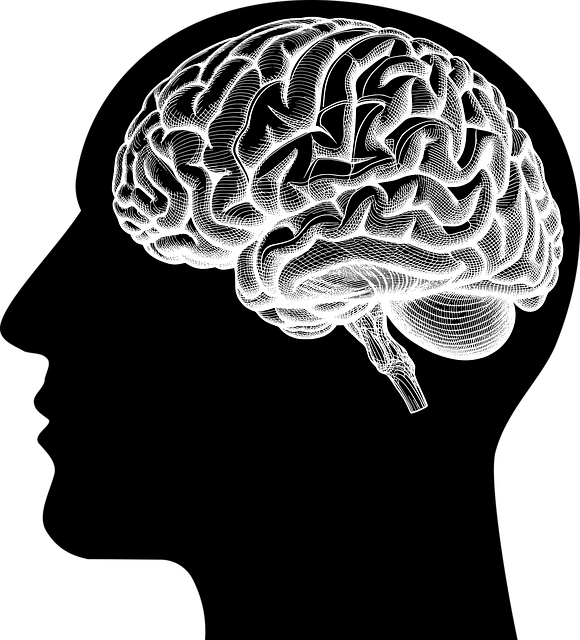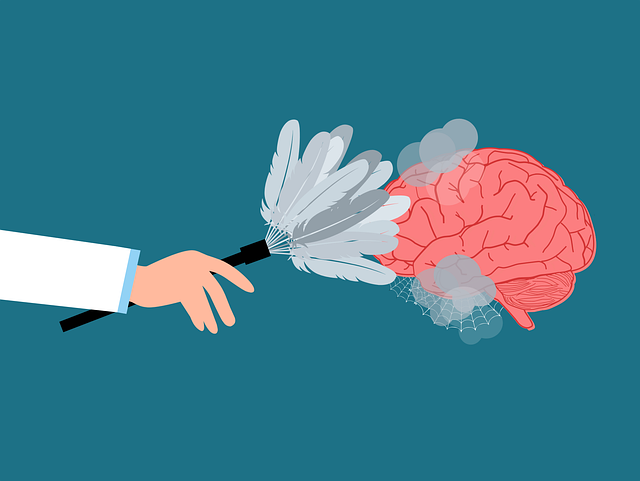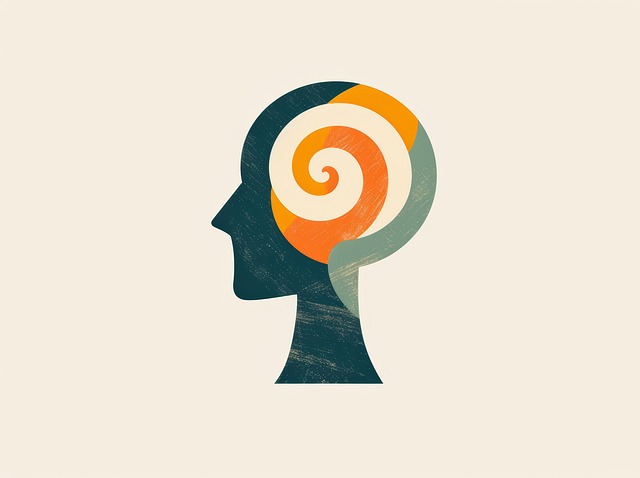Mental Illness Representation in Media: Challenge and Solution
In today’s digital age, media plays a pivotal role in shaping public perception of mental health. This article delves into the complex issue of mental illness representation, exploring how media can either perpetuate harmful stereotypes or foster understanding and empathy. By examining the societal stigma similar to that once associated with cancer, we uncover the challenges faced by individuals with mental illnesses, including fear of judgment and limited access to support.
We propose a solution centered on promoting accurate, diverse, and compassionate portrayals in films, television, news, and social media. It is imperative for media professionals and the public alike to recognize their influence, embrace responsibility, and contribute to a more inclusive and supportive narrative around mental health.
- Here is a detailed blog post outline about Mental Illness Representation in Media: Challenge and Solution using the specified keywords, formatted with plain numbered headings:
- Understanding the Problem: Lone Tree Cancer Issues and Therapy
- – Discuss the societal stigma around mental illness, drawing parallels to how cancer was once shrouded in secrecy and misunderstanding.
- – Highlight the impact of media representation on public perception of mental health issues, focusing on the potential for both harm and hope.
- The Current State: Media Portrayals of Mental Illness
Here is a detailed blog post outline about Mental Illness Representation in Media: Challenge and Solution using the specified keywords, formatted with plain numbered headings:

1. Mental Illness Representation in Media: The Current State
In today’s world, media plays a pivotal role in shaping public perception about mental health issues. However, it often falls short when it comes to accurately portraying the complexities of various mental illnesses. This can lead to stigma, misunderstanding, and even fear among audiences. A careful examination reveals that many media portrayals stick to stereotypical narratives, focusing on extreme cases or minimalizing the impact of mental illness, which doesn’t reflect the reality faced by millions worldwide, including those with lone tree cancer issues who also grapple with therapy needs.
2. Challenges and Solutions for More Accurate Depictions
Overcoming these challenges demands a collective effort from content creators, journalists, and the public. To start, there’s a pressing need for more diverse storytelling, incorporating real-life experiences and perspectives of individuals battling mental health issues. This can foster empathy building strategies within audiences, bridging the gap between understanding and sympathy. Additionally, focusing on self-esteem improvement through positive media representation is crucial in depression prevention efforts. By showcasing recovery stories and therapeutic journeys, media can offer hope and inspire proactive measures to address mental health concerns.
Understanding the Problem: Lone Tree Cancer Issues and Therapy

Mental illness is often portrayed stereotypically in media, exacerbating the challenges faced by those dealing with conditions like anxiety and cancer. The representation of Lone Tree Cancer Issues and Therapy highlights this problem. When media portrays cancer solely as a physical battle, it overlooks the profound emotional impact on patients and their support systems. This one-dimensional view fails to acknowledge the intricate web of anxiety relief and coping skills development necessary for holistic healing.
Furthermore, such representations can perpetuate stigma, making individuals reluctant to seek help or discuss their experiences openly. Encouraging honest conversations about mental health is crucial. Through initiatives that promote self-awareness exercises, media has the potential to foster empathy and understanding, ultimately contributing to better support systems for those facing either cancer or mental health struggles.
– Discuss the societal stigma around mental illness, drawing parallels to how cancer was once shrouded in secrecy and misunderstanding.

For decades, mental illness has been shrouded in a thick veil of stigma and misunderstanding, much like cancer was once seen as a taboo subject. The societal perception often paints individuals with mental health challenges as weak or even morally flawed, leading to widespread silence and isolation. Just as patients with cancer had to fight for recognition and treatment, those dealing with mental illness are now advocating for better representation in the media.
This struggle for visibility is crucial, as it can foster empathy and encourage people to seek help. By sharing stories and providing accurate portrayals, media has the potential to reduce the stigma surrounding mental health issues, similar to how raising awareness about cancer has led to increased support and access to effective treatments, such as those offered by Lone Tree Cancer Issues Therapy. Effective crisis intervention guidance and stress reduction methods can be more readily available when societal attitudes change, paving the way for improved mood management and overall well-being.
– Highlight the impact of media representation on public perception of mental health issues, focusing on the potential for both harm and hope.

Media representation plays a pivotal role in shaping public perceptions about mental health issues. These portrayals can either perpetuate harmful stereotypes or offer hope and understanding to those struggling with their mental well-being. Positive representations, featuring characters who embrace their inner strength during therapy while navigating challenging mental health issues, have the potential to destigmatize seeking help. This can encourage individuals, especially those in remote areas like Lone Tree, to open up about their struggles and seek professional support for cancer issues or other mental health concerns.
However, negative or inaccurate media portrayals can fuel misconceptions and lead to further marginalization of already vulnerable communities. Insensitively depicted characters with mental illness may reinforce harmful stereotypes, making it harder for individuals to come forward. This is why healthcare provider cultural competency training and incorporating cultural sensitivity in mental healthcare practice are crucial. By promoting accurate and empathetic representations, the media can contribute to a more supportive and understanding society, fostering an environment where everyone feels comfortable seeking help for their mental health struggles, whether they be in urban or rural settings like Lone Tree.
The Current State: Media Portrayals of Mental Illness

The current state of mental illness representation in media is a complex and often problematic landscape. Media platforms play a significant role in shaping public perception, but their portrayal of mental health issues has been historically inaccurate and stigmatizing. Many stories depict individuals with mental illnesses as violent, unpredictable, or simply “crazed,” reinforcing harmful stereotypes. This one-dimensional view fails to capture the diverse range of experiences and symptoms associated with various mental health conditions. For instance, a lone tree struggling in a vast forest can symbolize the isolation many individuals with mental illness feel, but it doesn’t represent the multifaceted support systems and therapy options available.
The impact of such representations is profound, especially for vulnerable audiences. It exacerbates the existing stigma surrounding mental wellness, making it harder for those facing challenges to seek help. In contrast, positive changes are emerging with increased awareness and advocacy. Recent efforts focus on promoting accurate and empathetic storytelling, highlighting the importance of early intervention, and encouraging open conversations about mental health. These shifts towards more nuanced representations aim to reduce the stigma, encourage understanding, and promote development in mental wellness coaching programs and burnout prevention strategies for healthcare providers.
In conclusion, accurately representing mental illness in media is paramount to challenging societal stigmas and fostering understanding. By learning from historical parallels with cancer, we can navigate a path forward that leverages media’s power for positive change. Through informed storytelling, we can dispel myths, promote empathy, and ultimately create a more inclusive society where individuals struggling with mental health issues feel seen, heard, and supported.


